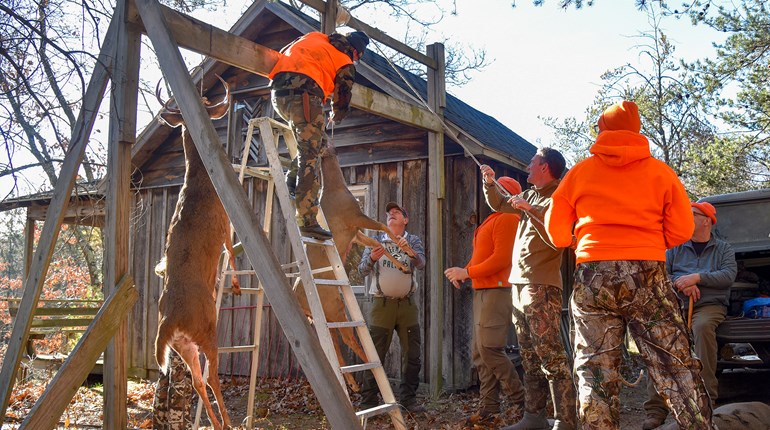
1.) Most crops have been removed and acorns and nutritious leaves have been eaten or buried by snow by December. Deer focus on the remaining food sources.
2.) The whitetail’s metabolism isn’t yet in its winter mode. Hunger drives all deer to find food to maintain their energy. This often forces them to feed longer than normal in open fields.
3.) Unlike fawns and females, bucks have the added burden of recovering from the rut. They’ll seldom add fat to their frame in the post-rut, but they can regain energy and stamina.
4.) Large agricultural fields often deliver the most abundant and accessible foods. Hunger can compel deer to use these visible feeding sites in daylight.
5.) When hunting pressure declines in the late-season, deer begin to feel more secure and then begin moving again at dawn and twilight, particularly within woods and other cover.
6.) Although the “second rut” is mostly hype, late-breeding action sometimes occurs. At this time of the year bucks usually find the last estrous does at or near food sources.





































